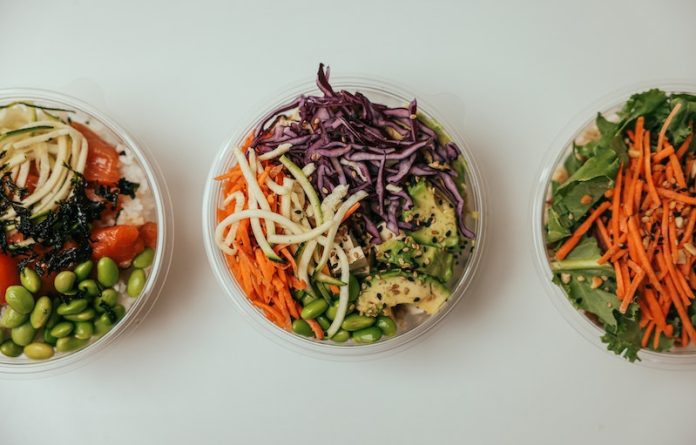
Have you ever heard of a low renal acid load diet?
A low renal acid load diet is a type of diet that aims to reduce the amount of acid produced in the body when food is broken down.
This type of diet focuses on consuming foods that have a low potential to produce acid in the body, such as fruits, vegetables, legumes, and nuts, while limiting or avoiding foods that have a high potential to produce acids, such as meat, fish, cheese, and grains.
The rationale behind this diet is that high levels of acid in the body can lead to a condition called metabolic acidosis, which can cause a range of health problems, including insulin resistance and metabolic syndrome.
By following a low renal acid load diet, it is believed that the body’s pH balance can be maintained within a healthy range, potentially reducing the risk of developing these health problems.
Scientists wanted to see if this type of diet could help patients with type 2 diabetes. They believed that the diet might help with insulin resistance and other metabolic factors.
To test this theory, the scientists randomly assigned 80 patients with type 2 diabetes to either a low renal acid load diet group or a control group.
Both groups were given a balanced diet and nutritional recommendations based on healthy eating behaviors.
However, the low renal acid load group was given a list of foods with low renal acid load to include in their diet.
After 12 weeks, the scientists measured various outcomes, such as blood glucose levels, insulin sensitivity, blood pressure, and cholesterol levels.
They found that both groups had improvements in weight, blood glucose levels, blood pressure, and triglycerides. Additionally, both groups had an increase in HDL cholesterol (the “good” cholesterol).
However, after adjusting for baseline values, the low renal acid load diet group had a greater reduction in diastolic blood pressure compared to the control group.
In conclusion, the low renal acid load diet might have a beneficial effect on diastolic blood pressure in patients with type 2 diabetes.
This type of diet involves eating foods with the low renal acid loads, such as fruits and vegetables, and limiting high-acid foods like meats and cheeses.
By following this type of diet, it may be possible to reduce the risk of developing certain health problems, such as insulin resistance and metabolic syndrome.
However, it did not have a strong effect on lipid profile compared to a healthy diet.
This study suggests that incorporating low renal acid load foods into a balanced diet may be helpful for patients with type 2 diabetes who are looking to improve their blood pressure.
Some of the key principles of a low renal acid load diet include:
Eating plenty of fruits and vegetables: These foods are generally low in acid and high in important nutrients like vitamins and minerals.
Limiting animal protein: Meat, fish, and dairy products are high in acid and should be consumed in moderation on a low renal acid load diet.
Choosing healthy fats: Foods like nuts, seeds, and avocados provide healthy fats that are important for overall health and are generally low in acid.
Avoiding processed foods: Many processed foods contain high levels of acid-producing additives and preservatives and should be limited or avoided.
Overall, a low renal acid load diet emphasizes whole, minimally processed foods that are low in acid and high in important nutrients.
The research was published in Nutrition Journal and was conducted by Maryam Armin et al.
Copyright © 2023 Scientific Diet. All rights reserved.








